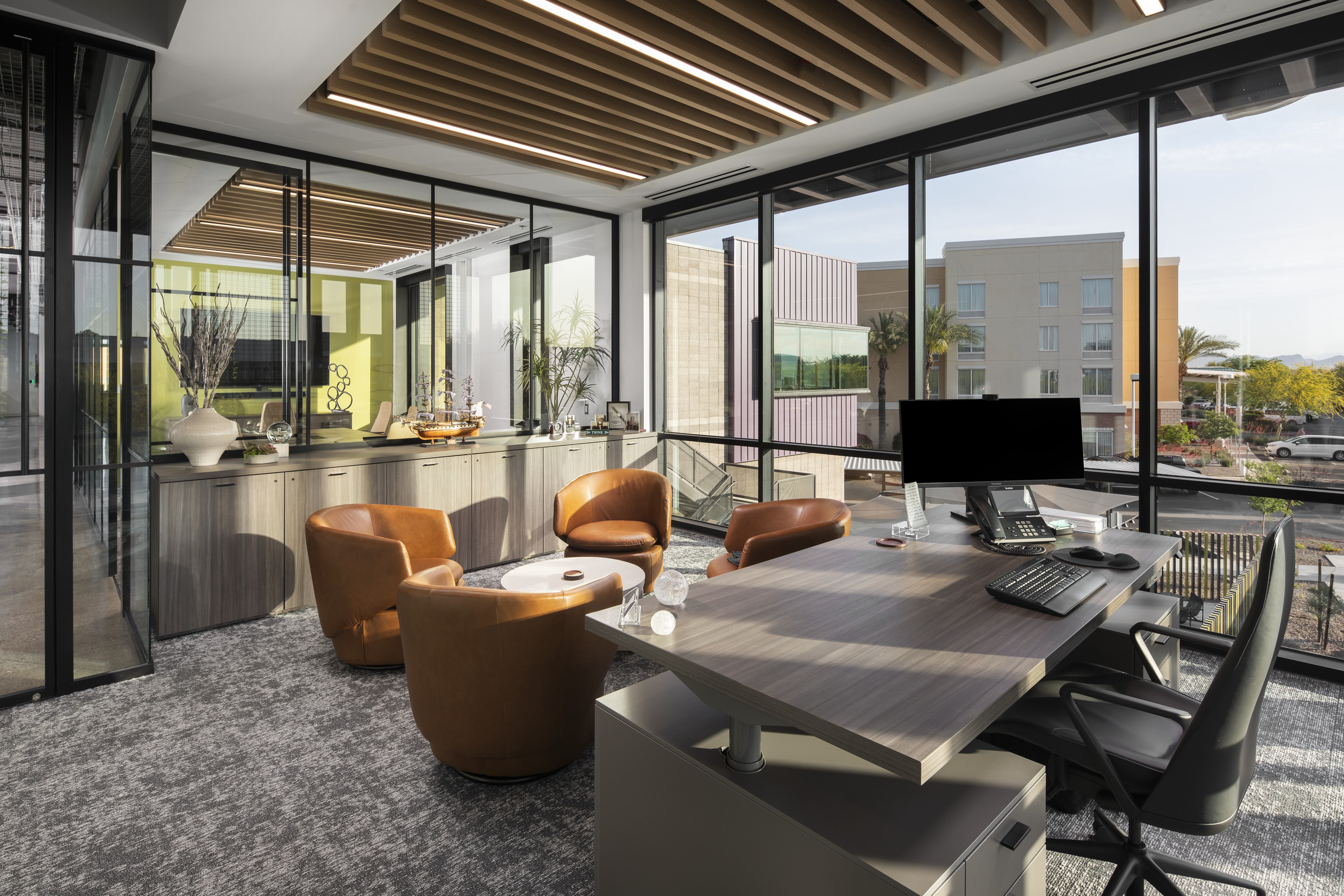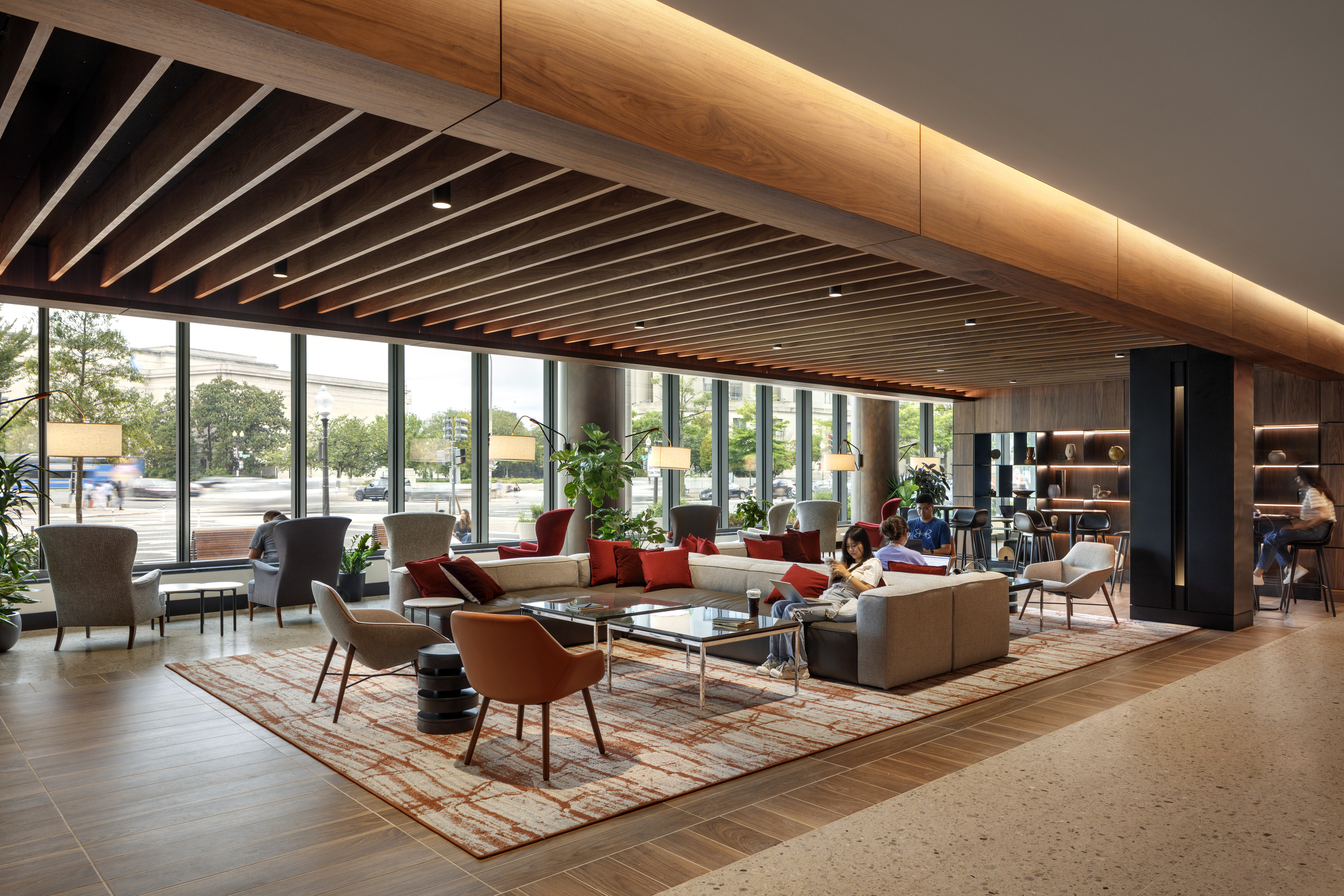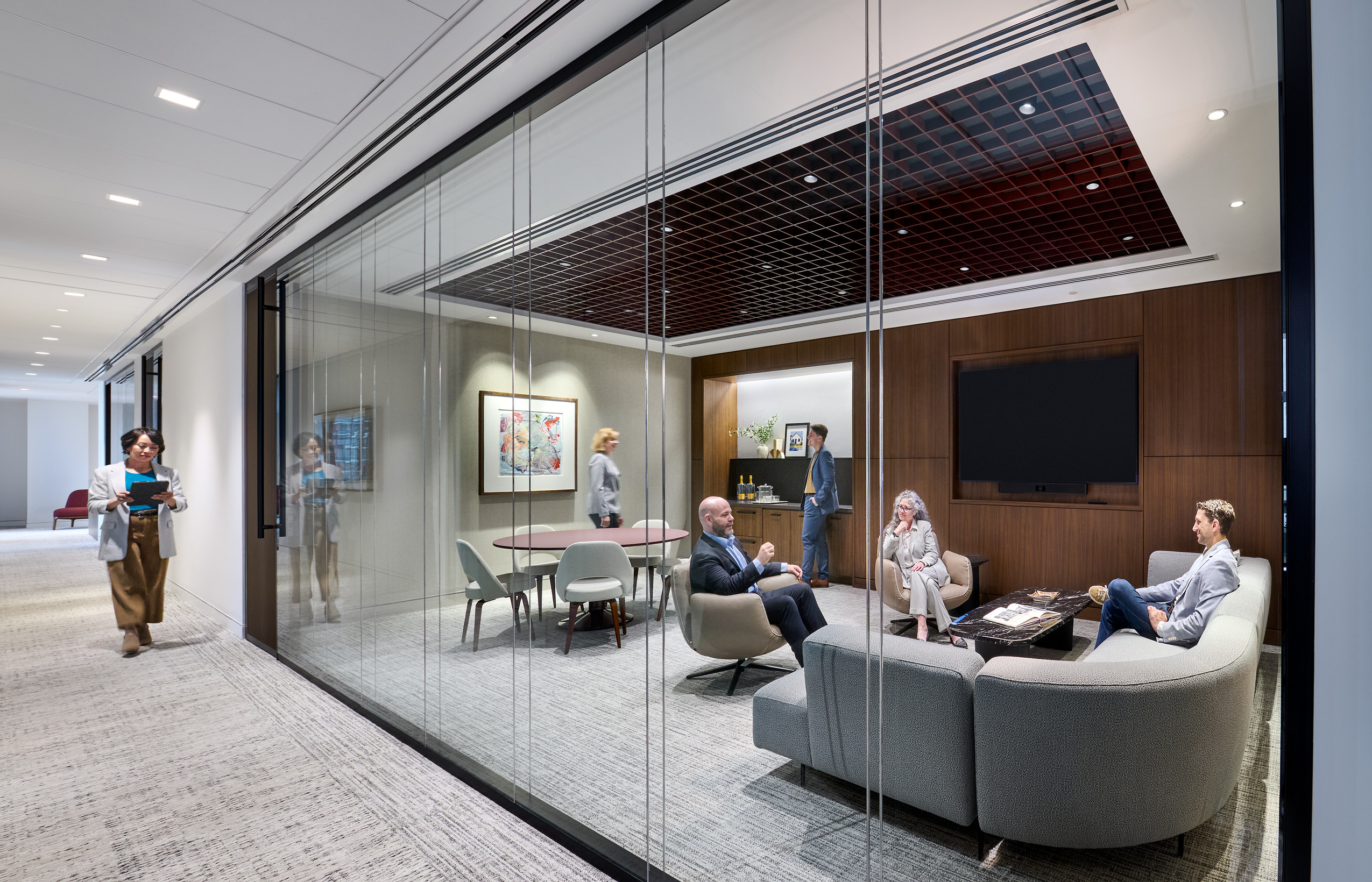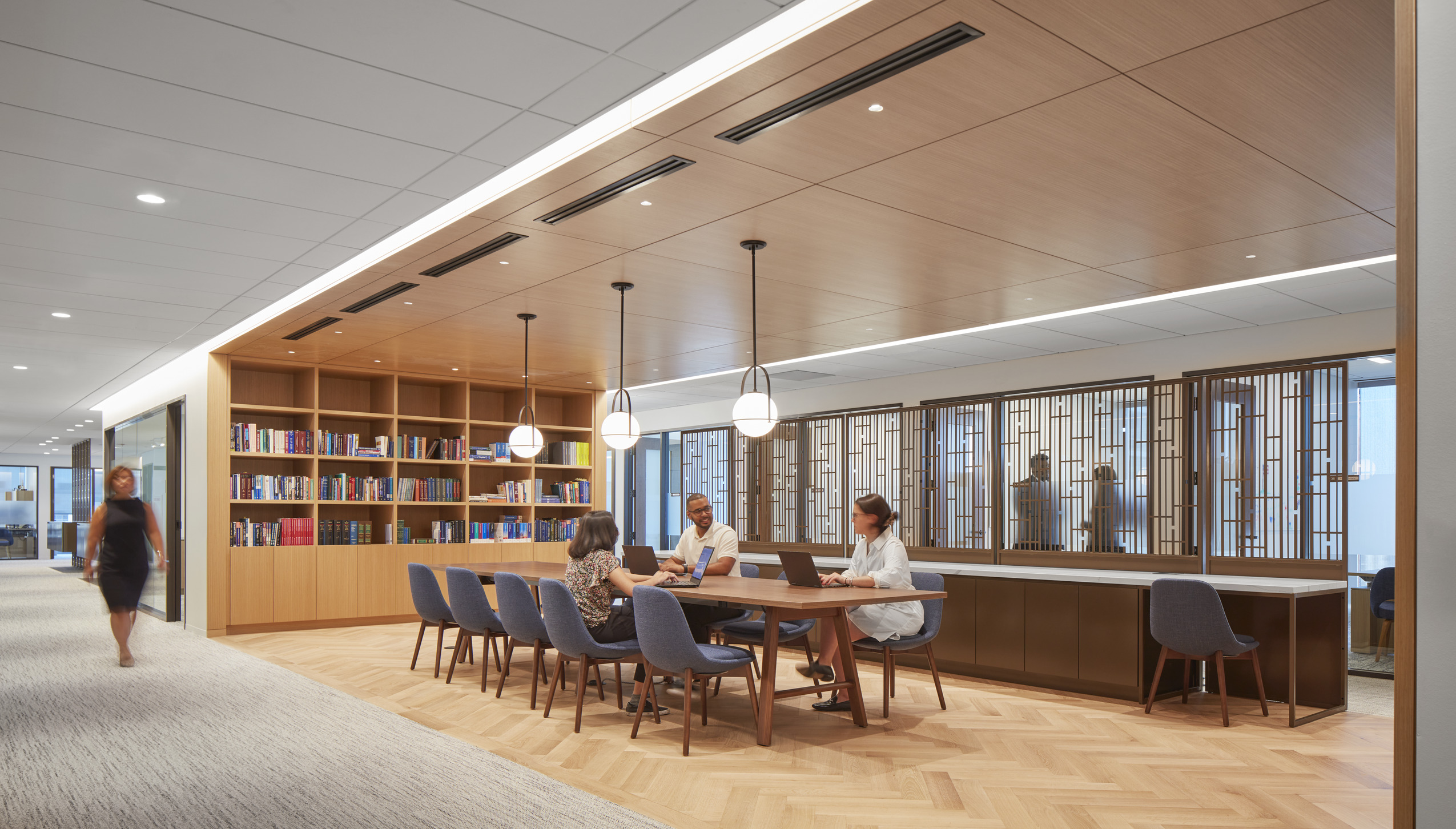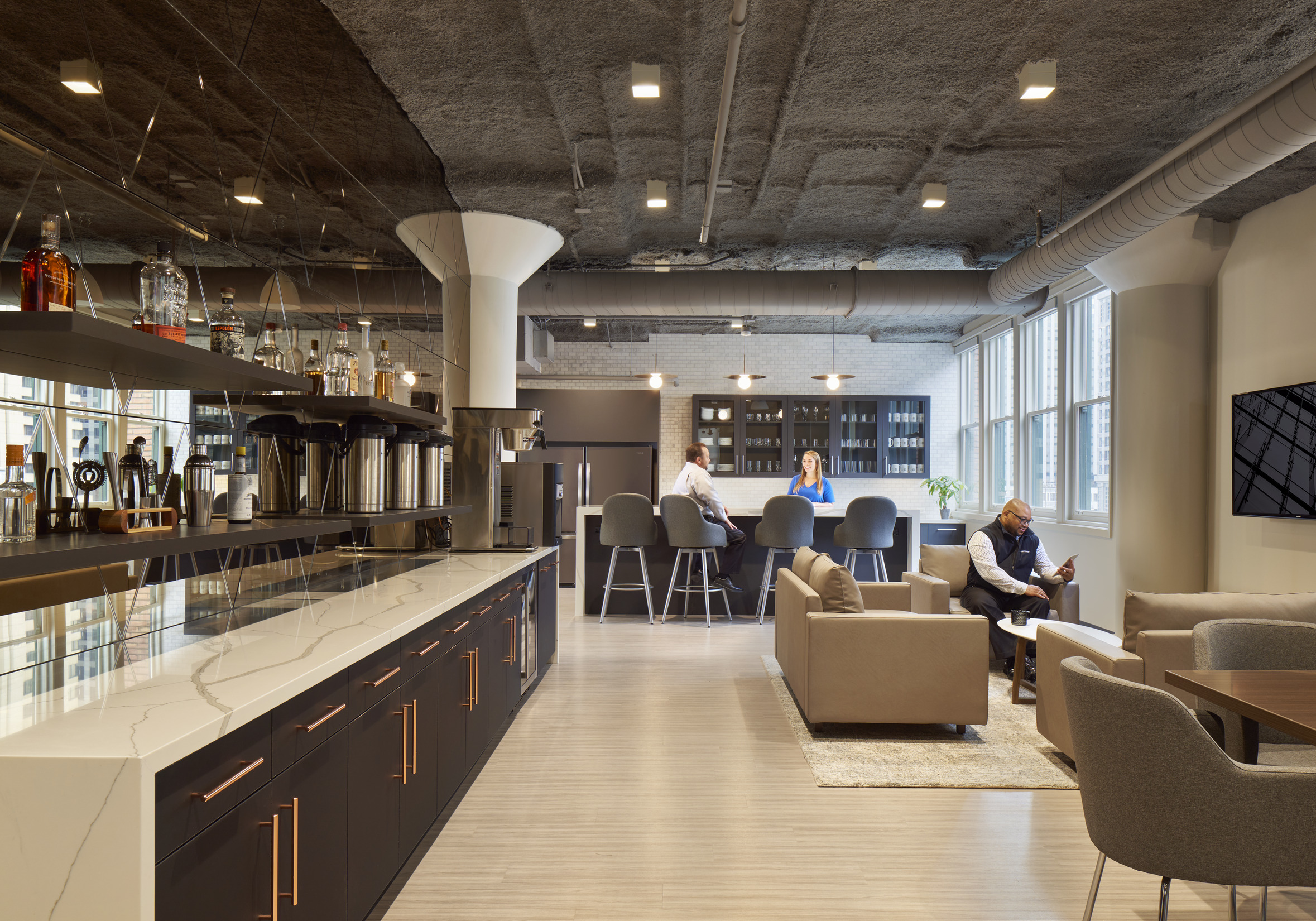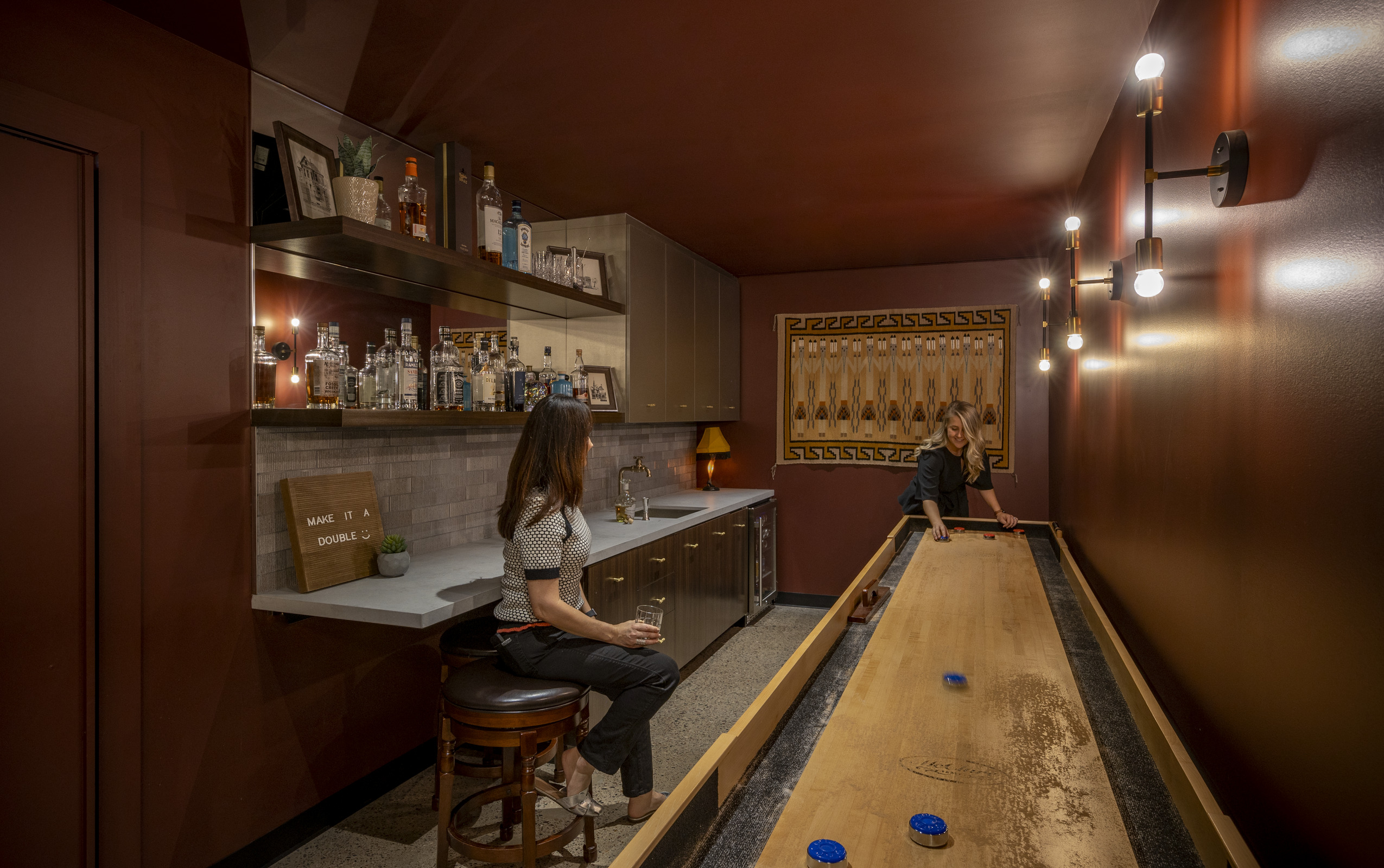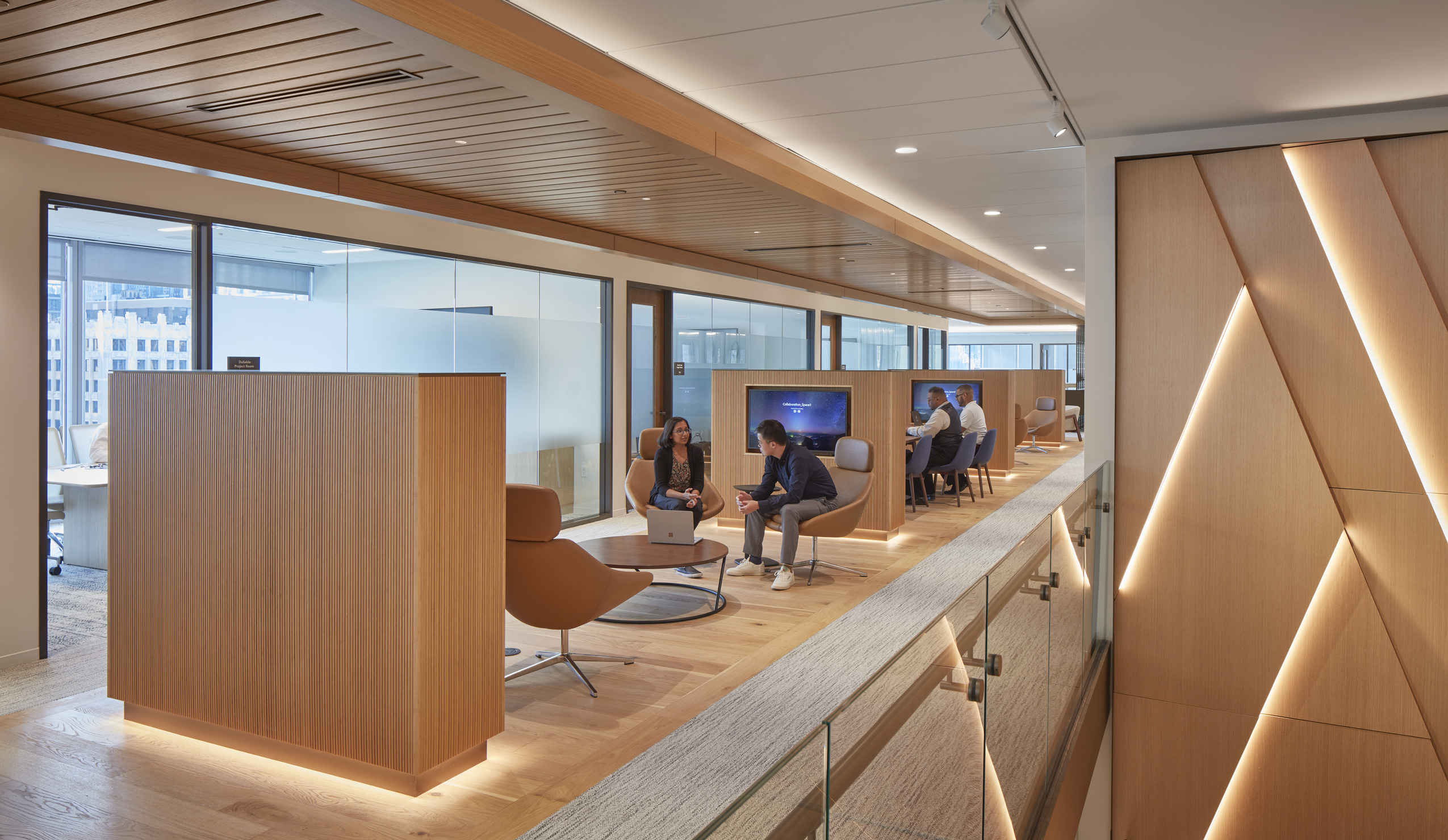Digitally Remastered: AI is Changing How We Design Law Offices
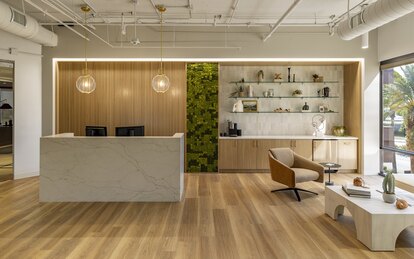
The legal profession is not immune to disruption caused by AI. As AI continues to evolve we will see a drastic transformation in how lawyers approach daily activities and practices, making the in-office workday experience of the future significantly different from that of attorneys who have been practicing for decades. AI's ability to analyze and summarize text and cross reference precedent and previous cases will change how attorneys spend their time. Not as many hours will be needed for focused work requiring concentration; instead, more time will be spent on human-focused interpersonal activities such as mentoring, brainstorming legal strategy and building trusting relationships with clients. As these seismic shifts revolutionize the legal profession, how will the office keep up? How will current space typologies evolve to support AI-enabled legal excellence?
Evolving the Purpose of the Private Office
The private office along the window-line has long been foundational to the planning and design of law firms. This smaller, private space has traditionally supported lawyers’ critical work activities in several ways:
- Providing space for concentrative work free of auditory or visual distraction
- Offering tools and privacy for phone calls or video conferences with clients
- Storing case files and reference materials
- Hosting small meetings for collaboration and mentoring of associates
- Offering views to the outside during time spent thinking and resetting
- Serving as a prestigious and coveted home base that communicates status in the firm
As AI transforms the practice of law, some of these purposes will shift. While the need for privacy will still exist, spaces designed to foster collaboration, mentorship, connectivity, respite and recharging will take top priority. Less emphasis will be placed on space for storage of documents and more attention will be devoted to human interaction. Balancing the desire for personalization and keeping components standard for efficiency and flexibility will become core design challenges for law offices in the age of AI.
In the future, the attorney's private office will:
- Be optimized for video calls. Lighting, acoustics and camera angles will be key considerations. These spaces must also be sized to accommodate one or two guests who are not “on air” in an effort to provide learning opportunities for associates.
- Have the ability to convert to “full concentration mode.” Offices will be designed to block out visual and auditory distractions within a space for a set period. Design considerations could include glass features that can go opaque upon demand, customizable lighting solutions or signature scents or music to create personalized focus space.
- Incorporate personalized technologies that can take verbal commands and respond in real time.
The private office will remain the preferred work location of most attorneys; however, additional larger spaces with greater occupant capacities will become increasingly utilized and in demand.
Collaboration & Teamwork
As the revenue of Am Law 200 firms continues to rise, the demand for more attorneys is projected to grow in the coming years. At the same time, cases and contracts are becoming more complex as statues change seemingly overnight. More teamwork and multidisciplinary teams are required to tackle the complexity and variety of legal work. The industry is also seeing a shift toward client-centered collaboration -- involving clients in the legal process to foster transparency and participate in building legal strategies.
Spaces other than the standard private office will be needed as more attorneys with diverse perspectives are required to solve more complex challenges. An increase in the following types of collaboration spaces would enhance collaboration and teamwork within and between practice groups:
- Huddle rooms
- Mock-courtrooms
- Strategy development rooms
- Social hubs
- Collision areas - natural connection points where spontaneous conversations can occur
Creating opportunities for more of these shared spaces will encourage ideation and creativity needed to tackle the legal challenges of the future. Applying greater focus on creating connections, teamwork and relationship building and adding spaces that encourage social cohesion will also have a positive impact on the all-too-real mental health concerns that are prevalent within the industry. Thoughtful planning early in the process can help to mitigate the isolation and stress commonly felt by those in the legal profession, transforming it into a shared experience supported by the design of the workspace and the structure of the firm.
Another trend driving the need for additional collaboration and hospitality spaces is the greater distribution of legal teams. The need for specialized expertise often requires attorneys to travel across offices to support a case. Optimizing these in-person meetings is critical, making it essential for teams and practice groups to leverage virtual collaboration technologies between visits.
The Law Office of the Future
Across the country, law firms are trading their once expansive real estate footprints and massive private offices for more flexible, shared spaces that prioritize connectivity, collaboration and relationship building. The rise in AI is further accelerating this transformation and changing the way we approach law office design. As workplace strategists, planners and architects, we must be prepared for this continued evolution. In part two of this series, we will expand the discussion regarding the future of the law office and its design to include the importance of a firm's location, culture and more.
